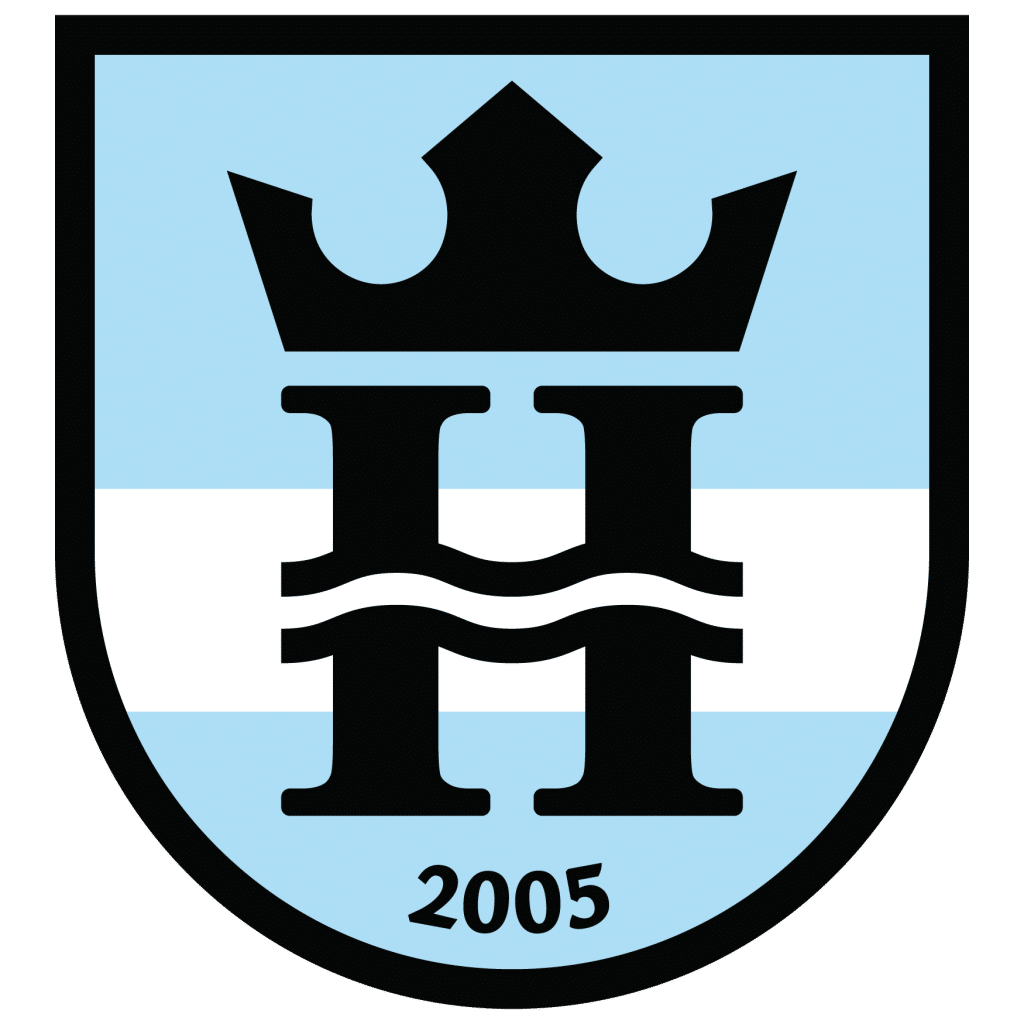Pre-season in College Sports in the USA: An Intense and Unforgettable Start
The first days of pre-season
For Alexander Brems, pre-season in college was one of the most exciting experiences. When he first arrived at Mercyhurst University, he didn’t know what to expect, but he was up for the challenge. He was 20 years old and moved into an apartment with three other students-two from Mexico and one from the Netherlands, who was also 25. It was a big change, but also exciting. The day before pre-season, the team received their apparel from sponsor Under Armour, which set a professional tone for what was to come.
The first day began with a meeting at 8am, where the players introduced themselves and the coaching team went through some ground rules. Then it was time for the first test, a 2-mile run (about 3.2 kilometers), which had to be completed in under 12 minutes. For most, this was an achievable goal, but as goalkeeper, Brems only just managed to break the barrier. After the test, there was a short football training session where the team’s basic principles were reviewed. The day continued with recovery in the athletic training room, where colleges in the US place great emphasis on player rehabilitation and care. After his first experience with an ice bath, Brems was skeptical, but over time he began to appreciate its benefits.
The team had lunch together in the cafeteria, where there was an extensive buffet with everything from water to sodas, milk and cocoa. The food was of high quality at Mercyhurst, although the quality could vary from university to university. After lunch, there was time for a short break before training started again at 3 p.m. Many players chose to take a nap, while others spent the time playing FIFA. Everyone lived close to each other on campus, which made the community stronger.
At 2pm we headed back to the athletic training room to prepare for the second workout of the day. Here there was access to foam rollers, heating pads, elastic bands and help from the physiotherapists who were ready to assist with warming up and taping as needed. Although the morning test could still be felt, it was a pleasure to get back into the soccer game. Under 30 degree heat, they trained for an hour and a half, and afterwards a large tub of cold water was ready for the team. The physiotherapists added more ice and water bottles of Gatorade were handed out for the players to recover.
After a well-deserved break and a shower, the team ate together again. The food was plentiful and there was the option to take a cup of milk and cookies back to the room as snacks. The evening ended with relaxation, movies, series or another game of FIFA. The apartment decided to watch the Blue Mountain State series about American college football, which only made Brems look forward to the rest of his first year at Mercyhurst even more.

Ole Jessen in pre-season at UAB
Everyday life in Pre-season: Training, Training and More Training
A typical day during pre-season starts early and ends late. From the early hours of the morning, you’re already doing physical training, often in the heat that many Scandinavian athletes have to get used to. The day is filled with multiple training sessions, meetings, video analysis and tactical reviews. The high intensity is a big change for many, and it takes time to adapt to both the physical strain and the mental challenge of this amount of training
Adapting to the heat
Playing sports in the American summer can be a challenge in itself. Temperatures can reach new heights and the humidity doesn’t help matters. Staying hydrated and learning to take care of your body is crucial to avoid heat stroke or exhaustion. Many European athletes have to spend time adapting to these conditions, which are very different to what they are used to.

Karl-Emil in Kentucky during a pre-season game in the heat
Cultural Encounters and Language Challenges
In addition to the physical adjustment, there’s also a social adjustment. For many, it’s the first time they’ve been away from home for an extended period of time, and on top of that you have to navigate a whole new culture. Having to speak English all the time can be challenging, especially when you also have to learn new professional terms and communication styles on the job. At the same time, it’s a time when you meet people from all over the world-players, coaches and classmates who all bring their own cultural backgrounds. This creates a unique and diverse environment, but also requires openness and adaptation.
Finding Your Place
Pre-season is also a time to find your place in the team and in the new everyday life. The many hours on and off the pitch provide the opportunity to form close bonds with teammates. These relationships are important as they form the basis of the unity that will carry the team through the season.
A Challenge that Empowers
While pre-season can be a big change and at times overwhelming, it’s also a time where you grow as a person and athlete. You learn to deal with challenges, build resilience and create memories that you’ll carry with you for the rest of your life.
In other words, pre-season in the USA is an intensive start to an adventure that is both challenging and rewarding. It takes hard work and determination, but for those who rise to the challenge, it’s an experience they’ll never forget.
Follow along on the website here and on our instagram @nssa.dk. We will have a lot of #NSSADerbies, which is when our football players play against each other. This year we have sent athletes to some of these schools:
University of Southern California. UCLA, UNC Charlotte, Jacksonville, UAB, Gannon, Cal Baptist, Seton Hall, Memphis, Monmouth, USC, Marshall… The list is long, so stay tuned.
https://open.spotify.com/episode/4rU2oSu0griXGDj6ukyiwC?si=d02cd518edb74fe5
– You can listen to our podcast here, where Jonas Lyshøj talks about Pre-season
Pre-season in College Sports in the USA: An Intense and Unforgettable Start Read More »












